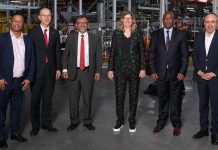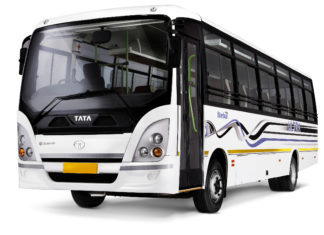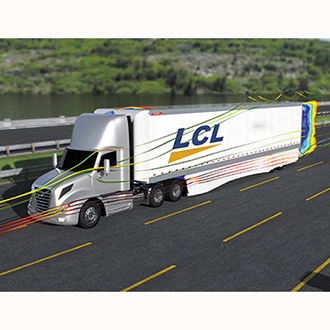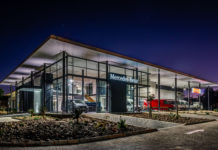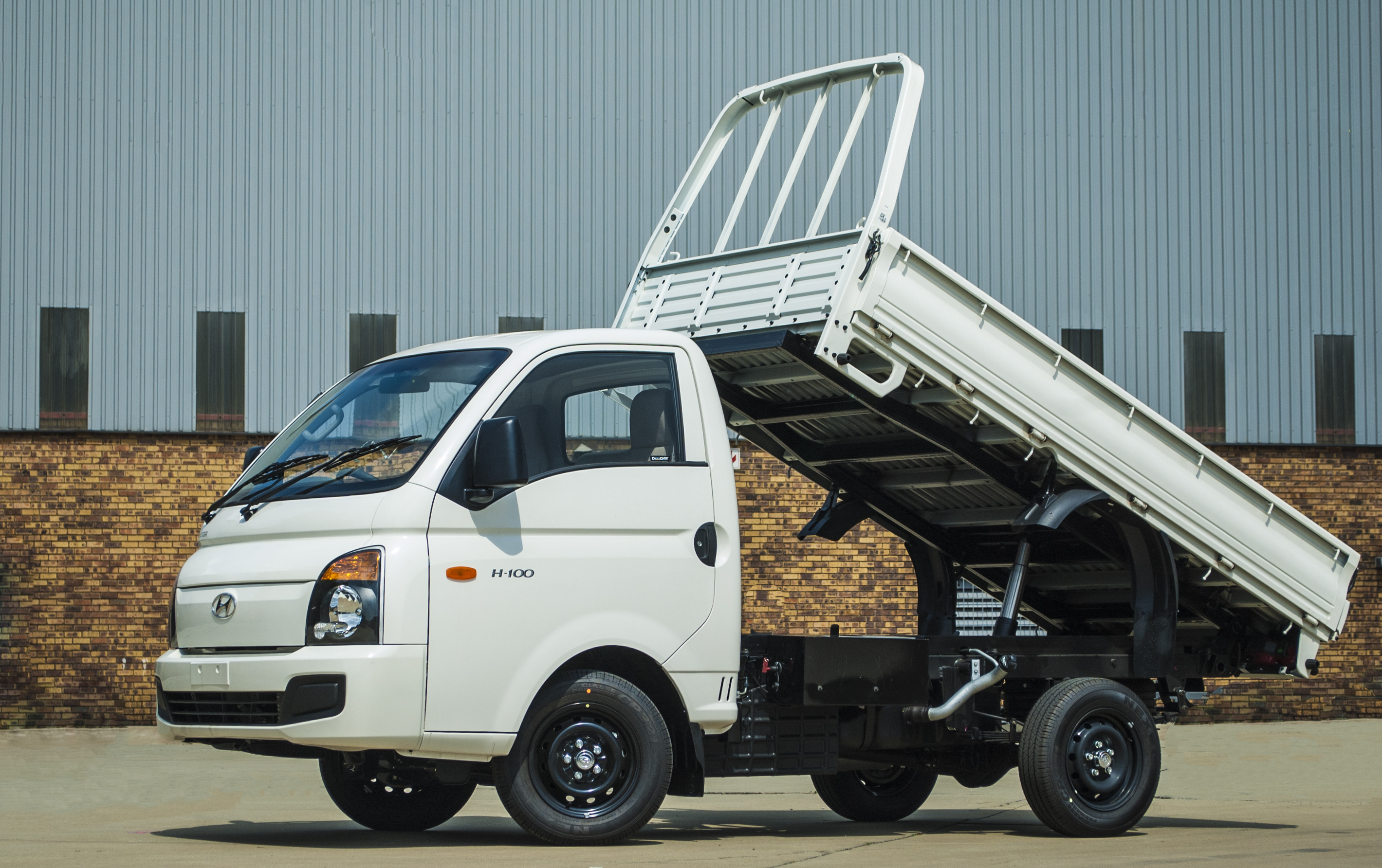With a litre of petrol now costing South Africans twice as much as a 2-litre bottle of Coca-Cola, and petrol prices predicted to continue increasing, more and more South African motorists are likely to consider switching to public transport. Before they do so, there are important considerations to take into account to ensure they choose the type of public transport that suits them best in terms of affordability, access, and reliability.
Predictions by the AA warns that if market conditions continue on the current trajectory, “South African motorists can expect another petrol price hike in July, with the price expected to shoot past R16 per litre on a steady march to R17 a litre. Seeing that transport is one of the top four expenditure groups in the country, finding alternative means of commuting to and from work will be essential for many citizens’ household budgets. Together with housing and utilities, miscellaneous goods and services, and food and non-alcoholic beverages, transport accounts for 76,4% of all consumption expenditure, states StatsSA.
Apart from the increased expense, commuting to work as a motorist is also becoming more and more dangerous due to behavioural changes. Distracted driving, which is caused by texting and driving, is now the cause out of one in every four South African accidents (Source: Times Live). This supports the Zendrive’s 2018 Distracted Driving analysis that was conducted in the US, which involved a research study of more than 16 billion kilometres worth of driving behaviour. The analysis showed that:
- Motorists use their phones for an average of 1 minute, 52 seconds for every hour they spend behind the wheel;
- 40% of motorists use their phones at least once at any given hour they are driving; and
- Out of 100 trips, motorists will use their phones 88 times.
Reliable, affordableand accessible public transport can, therefore, play an important role in many South Africans daily lives in the future. Not only can it relieve the pressure on their household budgets, but take distracted driving, driving while tired etc. out of the equation and make a positive impact on lowering the risk of commuting on South African roads.
Key differences between SA’s top two transport industries
For every South African that is considering to increase their use of public transport, or start using public transport as an alternative to commuting via motor vehicles, it is important to be aware of all the benefits, regulations, and differences between the various options. Currently, the two most widely used modes of public transport for South Africans are per bus and per taxi.
There are fundamental differences, though, between these two industries that potential commuters should be aware of and take into consideration before deciding on the best type of transport for them and their family members.
For many years, South Africa’s bus industry has made a vital contribution to the economy, as well as the country’s social development. On a daily basis, thousands of buses provide millions of citizens – young and old – transport to schools, shops, hospitals, work etc. (Source: Arrive Alive). Although taxis are currently still the primary source of public transport for households, many South Africans may not be informed about the differences between the taxi and bus industry, which can affect everything from service levels, affordability, timeliness, accessibility to destinations, and safety.
Know the facts
According to Professor Jackie Walters, who is the Head of the Department of Transport and Supply Chain Management and the Director of the Institute of Transport and Logistics Studies (ITLS) (Africa), there are a few vital differences that South Africans should be aware of when considering public transport.
For instance, due to regulatory requirements, bus operators have to adhere to prescribed timetables and routes, regardless of whether the bus is at full capacity or not and offer services (albeit limited) during the evenings, over weekends and public holidays. Regarding fares, many non-profitable bus routes are kept active to meet the social needs of the population and bus fares subsidised to make this form of public transport more affordable to the general public. Many of these services are over long distances, especially on trips from rural areas to urban areas, where critical mobility is offered at affordable prices to commuters that live long distances away from places of employment. Bus services also play a critical role in the morning and evening peaks by providing public transport capacity when it is most needed and roads mostly congested with motor car traffic. Bus operations are also independently monitored to ensure that contracted services (where they are in place) adhere to contract requirements.
In terms of safety, bus companies spend significant amounts on training and training facilities and invest in the business and operational infrastructure such as office space, depots and maintenance and training facilities. Drivers are, for instance, formally trained and re-trained on driving buses safely and fully aware of their responsibilities. Bus companies also have comprehensive insurance policies in place should accidents occur that result in claims against a company. Regarding road-worthiness,buses must be maintained according to the specifications prescribed in the National Road Traffic Act and road-worthy tests are compulsory every six months. Bus operations are also highly unionised, where an industry bargaining council determines minimum wages, annual wage increases, conditions of employment and hours of work. Formal employment agreements are also in place between employees and employers.
“Whether South Africans decide to continue commuting with their cars, alternate between commuting with their cars and public transport, use public transport more often, or use South Africa’s public transport network on a daily basis, it is important that they are aware of all the facts, pros and cons, and potential pitfalls to ensure that they make an informed decision,” says Eric Cornelius, Executive Manager at SABOA.



